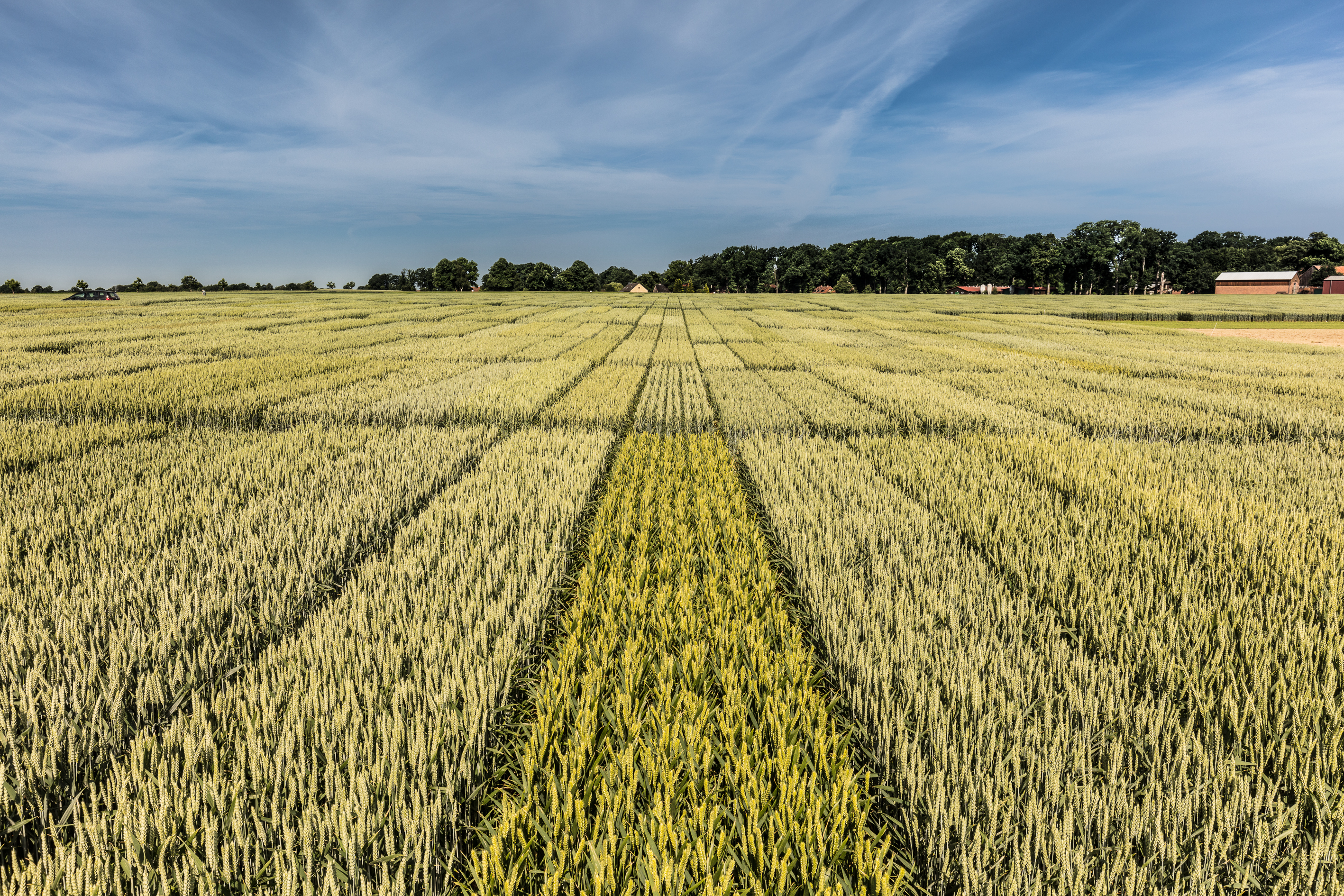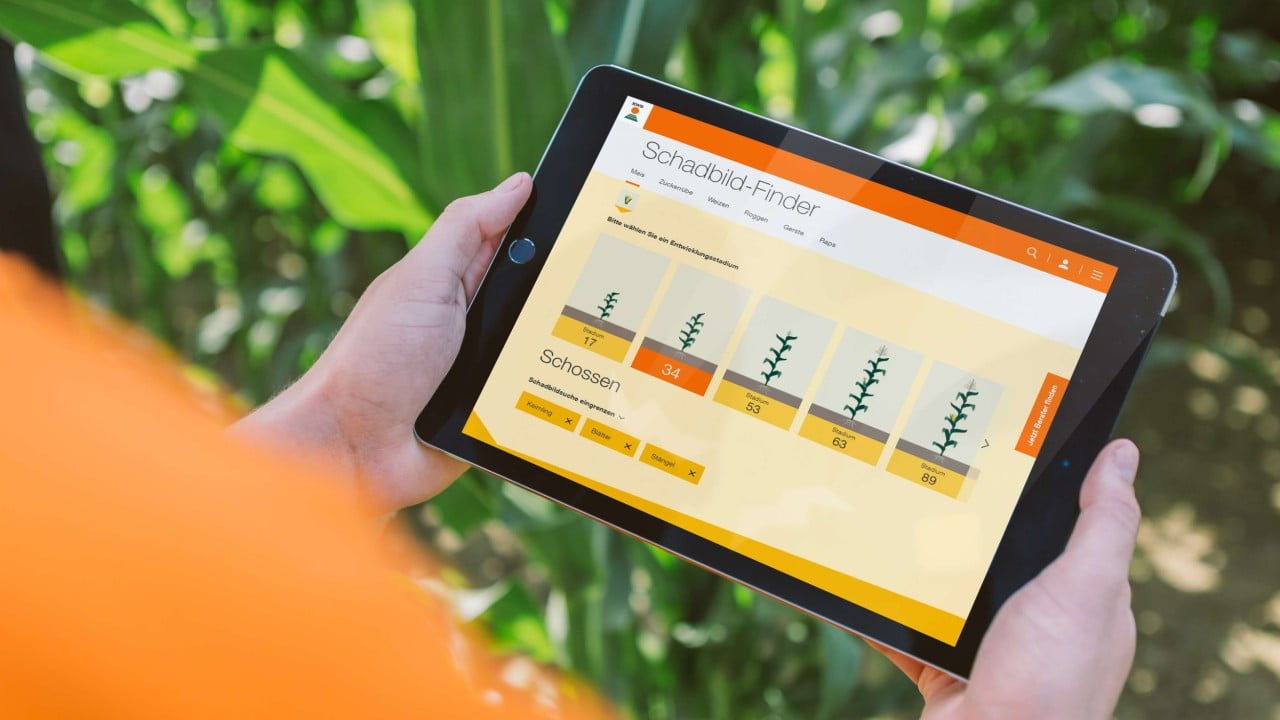Sowing wheat - Information about seed rates, seed dates and soil preparation
Wheat is one of the most commonly grown cereals in the world, grown on more land than any other food plant and used for human consumption as well as livestock feed. Sowing wheat can easily become a major challenge for farmers.
What is the right seed rate for wheat?
The establishment of a wheat stock before winter is based on plant density per square meter. The probable field emergence - less the expected plant losses over winter - results right in the seed rate. In principle, the worse the seeding conditions and the later the seed is planted, the higher the seed rate. The sowing date has the greatest influence on the required seed rate.
The following seed rates have proven successful: For early sowing (beginning of September), a seeding intensity of 220 to 260 grains/m² is recommended. For normal sowing (end of September to end of October), the seed amount should be raised to 300 to 340 grains/m². For late sowing (later than October), a sowing intensity of 380 - 420 grains is recommended.
A slight increase in the seed quantity by 10 percent is recommended for a direct sowing or planned mechanical weed control.
KWS supports farmers with the right tool so that you too can find the right sowing intensity for the cultivation of wheat: Calculate quickly and easily your seed rate and the required amount of seed for your farm.
What are the habitat demands of wheat?
The location also influences the optimal sowing time for wheat. Good soil quality can maximise your yields: For wheat cultivation, soils with a good water and air balance as well as high capacity of nutrients are best suited. As cultivated pre-crops, grain legumes, rapeseed and ground crops are particularly recommended. Perennial feed plants and silage maize are slightly less suitable than pre-fertilization. Due to the hazard of harmful pathogens, winter cereals are the worst suited for pre-fertilisation.
Winter wheat is more able to exploit the moisture supply of deeper soil layers due to the early draught of the roots and the high root formation compared to other crop species.
In order to meet the habitat demands of winter wheat, a garish, well-laid soil with high usable field capacity and good rootability is an advantage. This ensures the moisture and nutrient claim of the wheat.
How to prepare the soil for sowing wheat?
Different procedures and methods are available to prepare the seedbed. The preparation of the soil can be carried out as mulch sowing without ploughing. A previous ploughing veneer is also possible. Due to the increased risk for fusarium, plow use is recommended after corn as a pre-fertilisation. On areas with an increased risk of erosion, mulch and no-till methods should be preferred.
The intensity and depth of tillage should be adapted to site conditions. For example, it must be assessed whether the crop residues of the pre-fertilisation have a risk of infection with fusarium. Soil compaction and increased pressure from weeds, mice or snails can also make intensive processing of the soil with ploughing or multiple stubble cultivation necessary. Solidified soil should usually be processed once to obtain loose soil material to cover the seed. The resulting warming leads to faster germination.
What is the right sowing time for wheat?
While winter wheat is usually sown between September and November, the sowing time for spring wheat begins in March.
Winter wheat is the cereal type with the most flexible requirements at the time of seeding. The sowing period is comparatively long, which allows for the break of work peaks during harvest and sowing. Differences are made between early sowing, normal sowing and late sowing. All three seeding times bring advantages and disadvantages.
Early sowing (early September to late September): Early sowing is usually carried out at a lower seed intensity, resulting in lower costs for the seed. Early sowing can increase yields, but also create an increased risk of fungal infections and viral infections in the autumn (e.g. mildew, halm break, septoria). Early sown wheat develops a stable root system in the autumn, gaining a head start in development and thus less susceptible to drought in spring. Early sowing often benefits from better conditions during sowing, and earlier harvests avoid labor peaks.
Normal sowing (late September to late October): Normal sowing promises a safe autumn development of winter wheat. Stocks are still vital before the start of winter. The risk of disease and storage is minimised.
Late sowing (late October to mid November): The reasons for late sowing in winter wheat are diverse. These include, among other things, adverse weather conditions, problems with pre-crops or quite simply labor-related aspects. In order to get into the shoot phase in the spring, winter wheat requires a sufficient cold stimulus ( vernalisation) after sowing. If this cold stimulus has been too short, stocking remains out and yields are minimised. In any case, late sowing should only be carried out with a suitable variety. These include varieties with rapid youth development and sufficient winter resistance.
Extremely early sowing dates should be avoided, as there is a risk that the stock will overwhelmed or be affected by virus, black leaching or other leaf diseases.
What is the best drilling depth for wheat?
The optimal drilling depth for the winter wheat seed is at 2 to 4 cm. Too deep seed can lead to weaker plants. In this case, the seedling has enough water, but uses a lot of time and energy until it reaches the surface. If the seed is too flat, there is a risk that the seedlings will dry out. In addition, soil herbicides can cause damage in the autumn. The more wet the soil is, the flatter the sowing should be.








